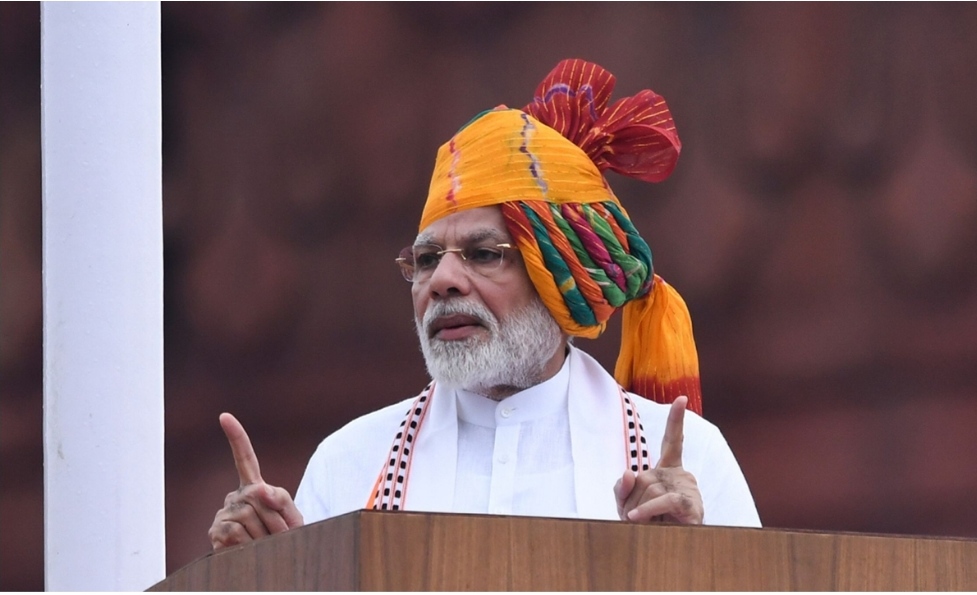Can the elephant Catch Up with the Dragon?

Indian Prime Minister Narendra Modi
Indian Prime Minister Narendra Modi is now ready to embark on his third term. However this time without an absolute majority fir his Party, he has to rely on the support of his National Democratic Alliance. Shri Chandrababu Naidu the Chief of Telgu Desam is also a visionary and Nitish Kumar had the nickname of “ Susashan Babu “ and so both may play up.
Modi had plans for post-election reforms to rival Chinese manufacturing. Now it seems that the challenges for the Indian leader are far from trivial. From ambitious global manufacturing goals to various domestic issues, Modi’s path will be anything but smooth. However, his past indicates that, in spite of all the challenges, he will move with vigour.
During his first two terms, Modi built substantial political and economic capital. However, the question remains: Will this capital be enough to achieve his objectives and back the more challenging and substantive reforms required in his third term?
India’s long-term rise as the “world’s factory” hinges on cultural shifts and increased social inclusivity. NDA government’s future focus will be on boosting India’s share in global manufacturing to 10 percent by 2047. The data, though, is striking.
Statistics show that manufacturing’s share of India’s GDP dropped from 15.16 percent in 2016 to 13.98 percent in 2021. Thus India has a long way to go before it replaces China as the global manufacturing hub. The primary challenge for India remains the quality of its workforce. This issue concerns education levels and its quality.
In urban areas only 32.7 percent of Indian women participate in the labour market, significantly lower than China’s 60.5 percent. This low urban labour force participation rate among Indian women is directly related to family values.
The US and the West have restructured global supply chains, some of which have moved to India. Still, the real challenge lies in balancing economic ties with China, which will shape India’s future trade.
Economically, despite emphasis on replacing China in the global supply chain, Indian manufacturing still relies on Chinese intermediate goods and raw materials. India also depends on Chinese equipment and auxiliary materials, even in its strong textiles sector.
However for the Elephant to tango with the Dragon, the border dispute has to be resolved peacefully.
India will surely have a more assertive foreign policy, especially concerning its security from China, Pakistan and other external forces. So any enhanced economic and trade collaboration, the Indo Tibetan border will have to be demarcated on ground by China.
The Indian Government understands the importance of the “dragon-elephant dance” achieving this scenario requires extremely high political wisdom from Xi Jinping too. India is not ready to bargain its Sovereignty at any cost.
The deep-seated need for cultural change in India is at the core of all these issues. The vital role of workers’ cultural attitudes, including their work ethic, values, and views on education and family outlook. Even liberal economic policies might fall short in driving industrialization, and the reforms needed to elevate workers’ attitudes will be long and arduous.
Cultural attitude reforms are always long-term and challenging endeavours. Even a capable leader like Modi will need help in swiftly altering the deeply ingrained traditional perspectives in India. However, the more significant concern is that the Modi administration’s policy decisions must depend on strengthening the traditional cultural mind-set that requires reforms.
Modi’s third term is bound to be filled with challenges. He faces the task of boosting economic figures and the daunting challenge of driving a profound cultural transformation in a society deeply bound by tradition.




